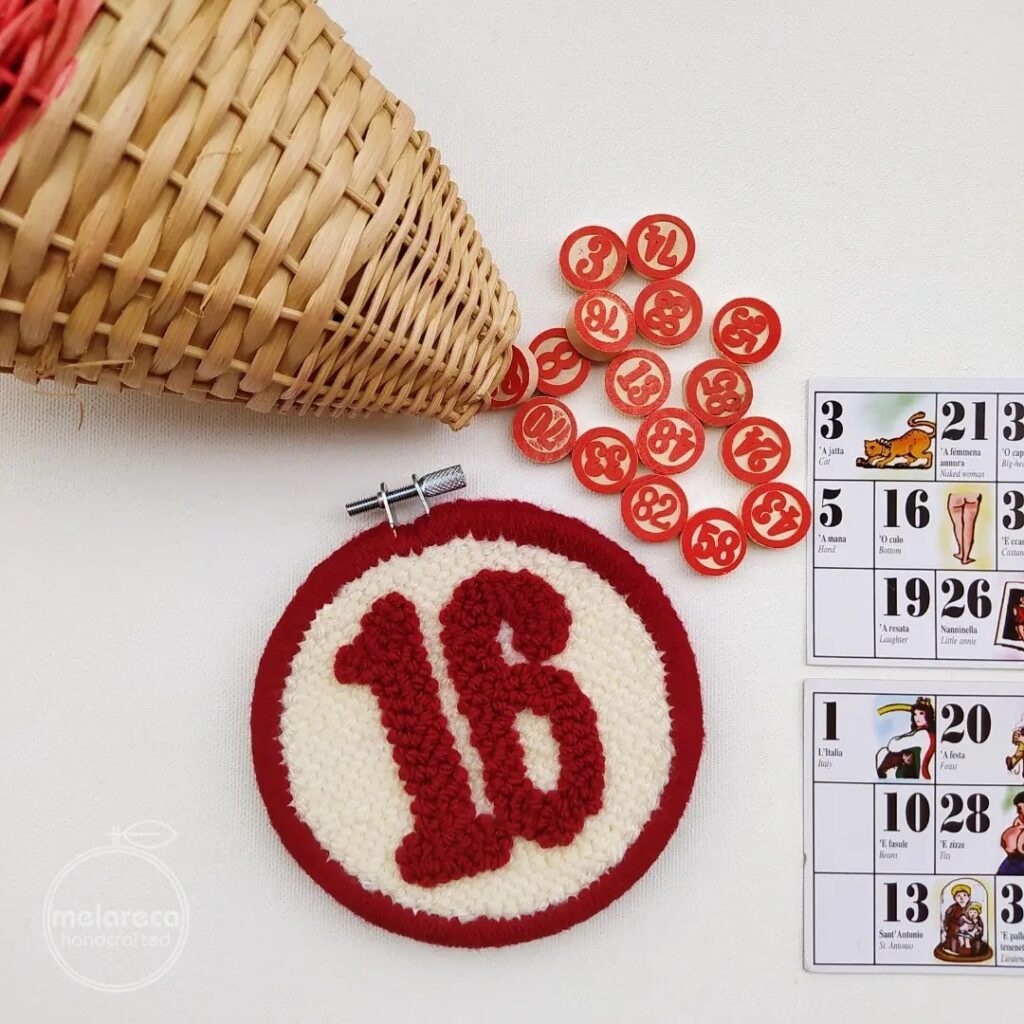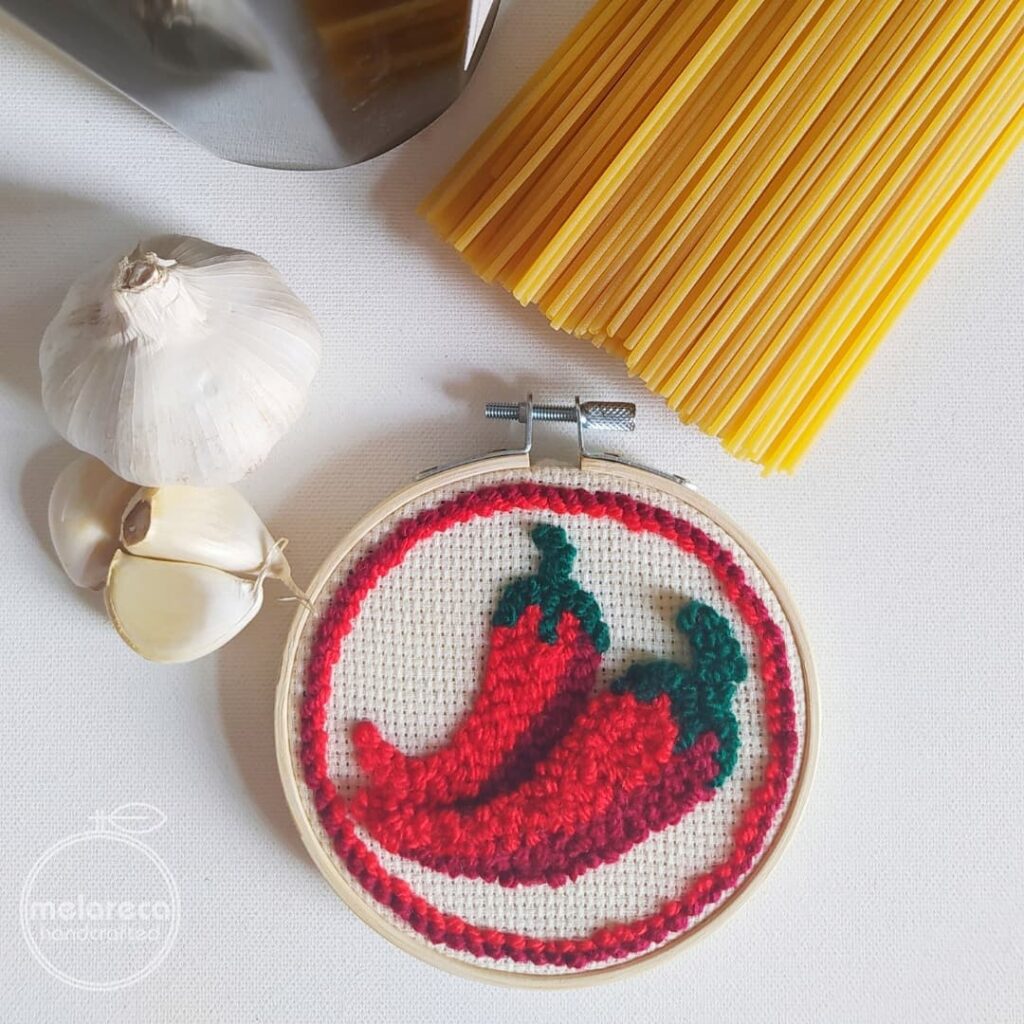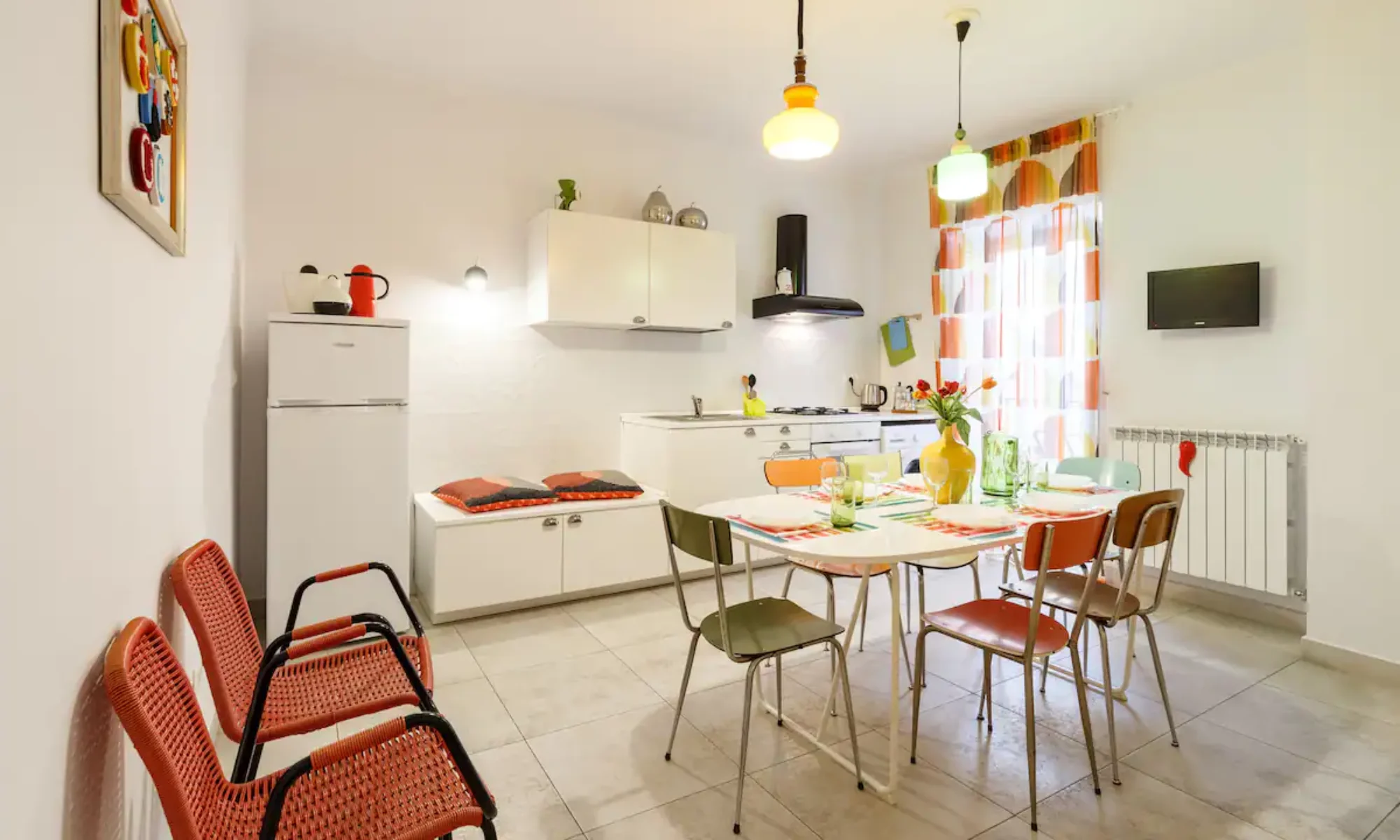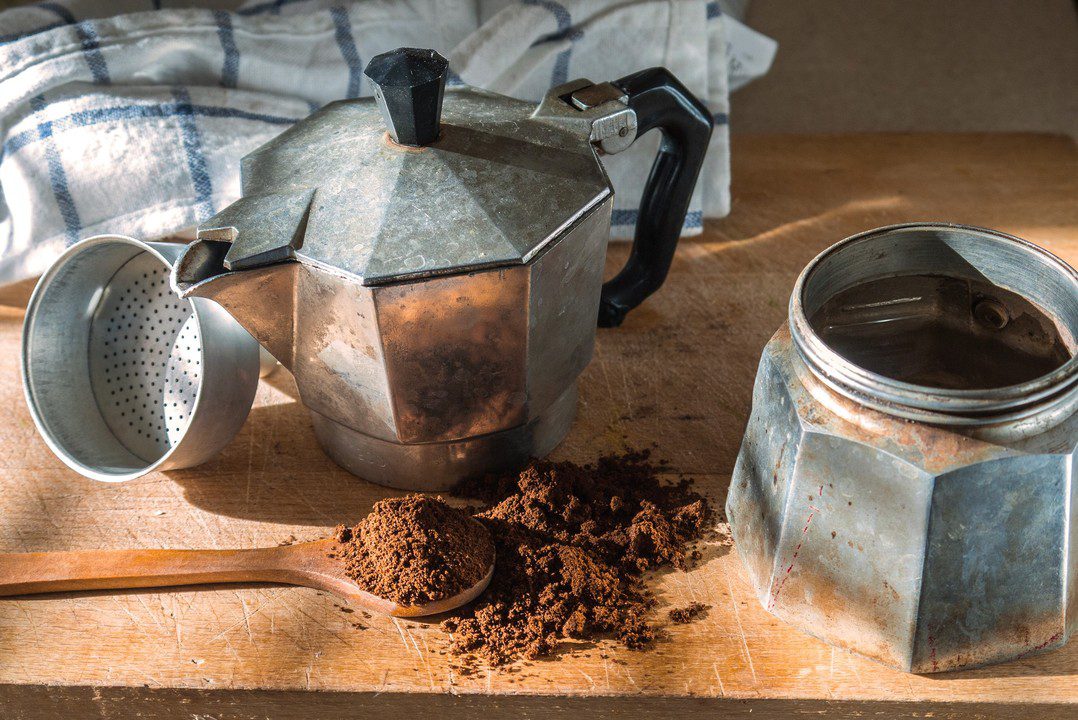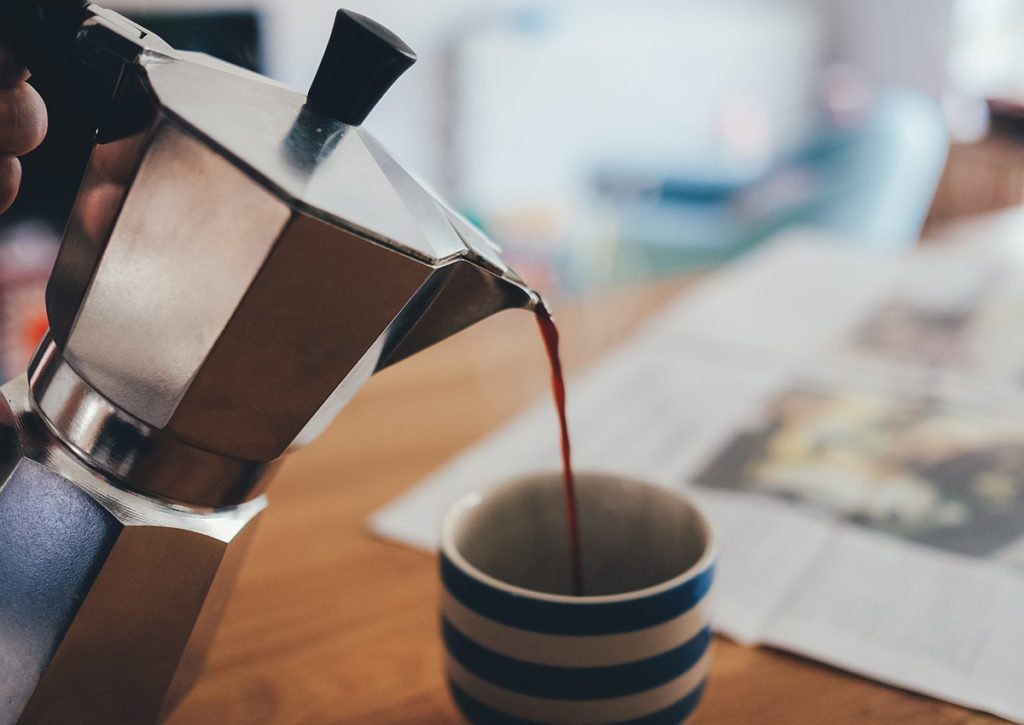The historic center is the home to artisan craftsmen and traditional workshops, where you can find one-of-a-kind treasures at affordable prices and see how a number of specialty items are still made using traditional techniques passed down through the generations.
It is practically impossible to make an exhaustive list, you will be able to find tailor shops, handcrafted clothing, shoes, contemporary arts, jewelry, vintage items stores in a few meters. My advice is to explore the historic center, enter the courtyards of historic buildings, through the streets and find these gems.
Nativity Scenes
The most traditional of all Neapolitan crafts is the handmade nativity scene, an art form that dates back to the 1700s and that dominates holiday décor in all of southern Italy. The heart and soul of Naples’ nativity scene production is on Via San Gregorio Armeno, that is crowded on both sides with dozens of shops and stalls selling handmade nativity scene figurines, model houses, and props. You can find nativity scenes in all sizes and price ranges on sale.
Ferrigno – Via San Gregorio Armeno, 8
Capuano – Via San Gregorio Armeno, 28
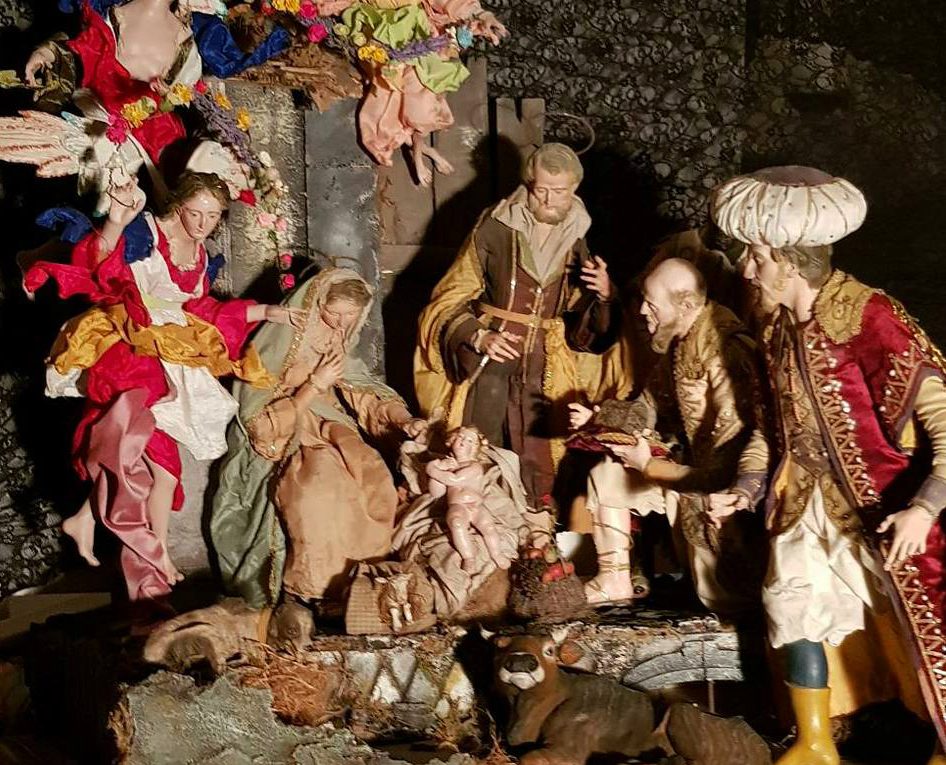
Ceramics
Naples and the surrounding region of Campania have been known for their local ceramic production for centuries. If you love handpainted majolica ceramics, you can choose from an endless variety of techniques and styles, from the elegant porcelain from Capodimonte to the more rustic majolica from Vietri sul Mare. Choose from traditional designs or more contemporary and minimalist motifs.
Mac Bottega Di Ceramica – Via Nilo, 12
Ceramiche di Vietri – Via Domenico Capitelli, 8

Ties
One of the most prestigious arts in Naples is custom tailoring, which includes classic suits, shirts, and ties for men but also specialty items like wedding gowns, hats, and knits. You’ll find a number of landmark shops around Naples that carry a vast selection of high-end ties in pure silk.
Marinella Cravatte – Riviera di Chiaia, 287
Cravatteria Ulturale – Via Carlo Poerio, 115

Lucky Horns
You don’t have to be superstitious to delight in one of the most iconic symbols of Naples’ tradition and lore: the lucky horn, a charm known locally as the “curniciello”. This traditional amulet is in the shape of a hot pepper (or “corno” in Italian) and it is believed to ward off the evil eye. Browse the artisan workshops and jewelry stores in the historic center to choose a handmade version in ceramic or fine red coral.
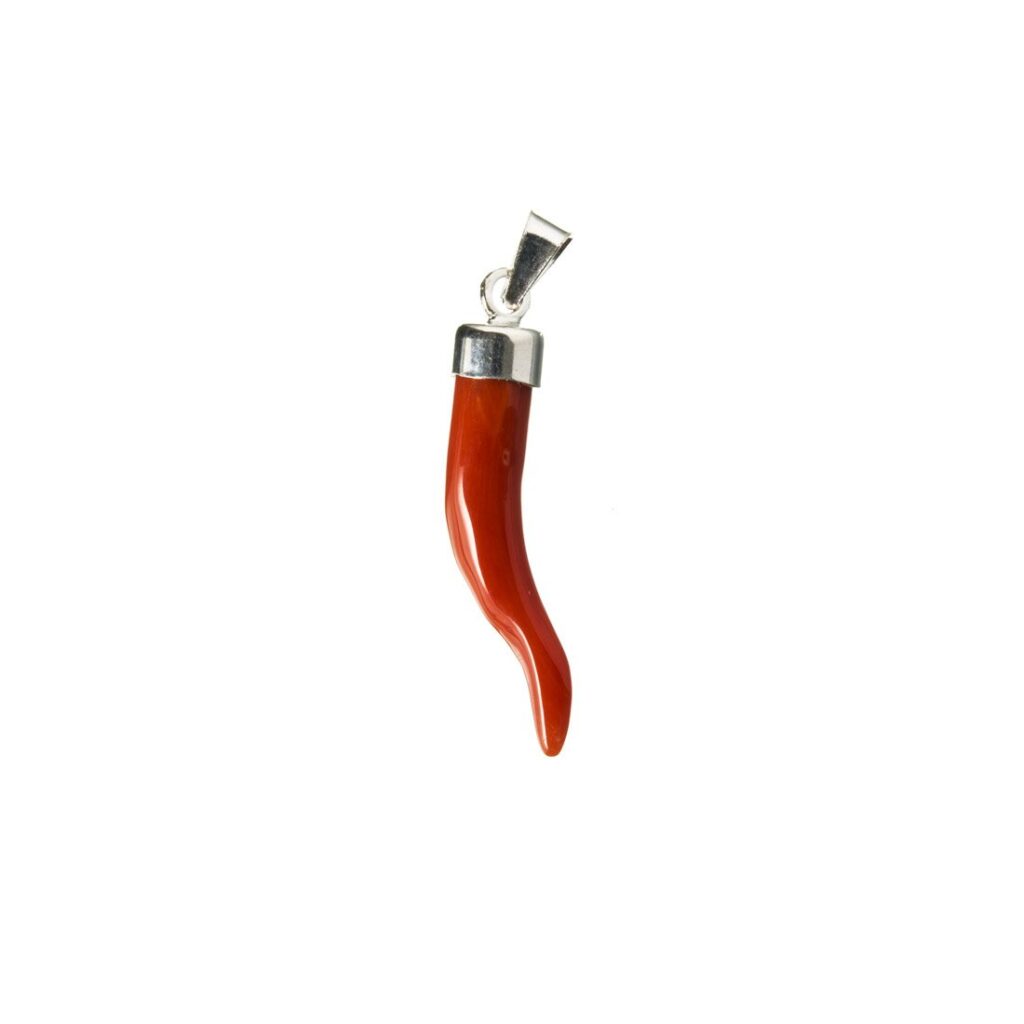
Unique Musical Instruments
Neapolitan music is beloved the world over and has been an important part of the city’s history and culture for centuries. For music lovers, Naples is the perfect destination for exploring new traditional instruments – many made by hand – and even purchasing one to try at home. To explore the world of Neapolitan folk instruments, take a walk down Via San Sebastiano, known in Naples as “the musician street”.
Loveri S.r.l. Strumenti Musicali – Via San Sebastiano, 15

Leather goods
Wallet, purse, bag, belt or gloves. Neapolitan artisans are some best of Italian craftsmanship.
Scriptura Pelletteria – Via S. Sebastiano, 45
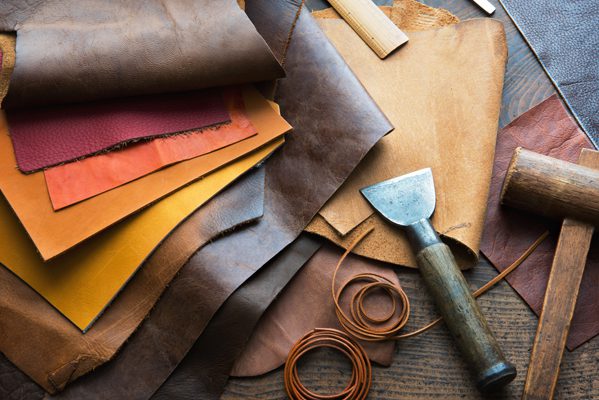
Design
Naples is also the protagonist of the Italian style. There are many shops in the city where you can buy unique interior design pieces.
Versione Luce – Via dei Tribunali, 279
Ferrari – Via Miguel Cervantes de Saavedra, 60/M
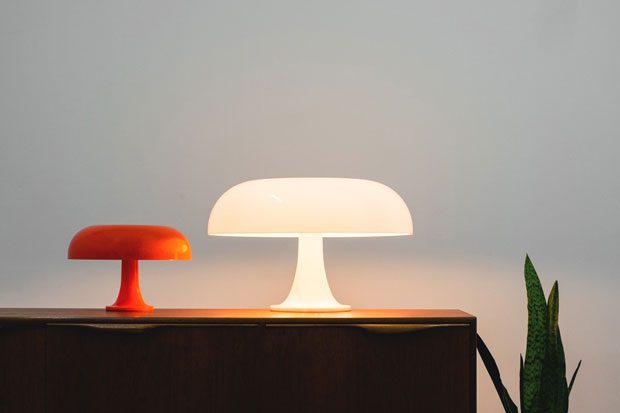
Retro Items
In Naples, in recent years, numerous “vintage” shops have opened. In these shops with retò furnishings it is possible to find clothing, objects and accessories from the 50s, 60s, 70s and 80s.
Oblomova – Via S. Sebastiano, 20
Oggetti & Stampe d’Epoca – Via S. Giovanni Maggiore Pignatelli, 49
Baule Volante – Via San Biagio Dei Librai, 106

A Neapolitan Coffee Maker (and Coffee)
The final item that should be on your list of souvenirs to bring back from Naples is ideal for coffee lovers: a “cuccumella”, the traditional Neapolitan coffee pot made from aluminum and used on the stovetop. This timeless coffee pot is made up of a number of parts that fit together and together brew a perfect Neapolitan espresso. Be sure to pick up a package or two of ground Neapolitan espresso beans (Passalacqua is a local favorite), sold in grocery shops and coffee bars across the city.
Mexico – Piazza Dante, 86
Spina – Via Pignasecca, 62

SPECIAL
Here is the most special souvenir you can choose. My creation with the punch needle. Choose your shape, your design and I will create it for you during your stay in our apartment. A unique gift.
Melareca Handcrafted



